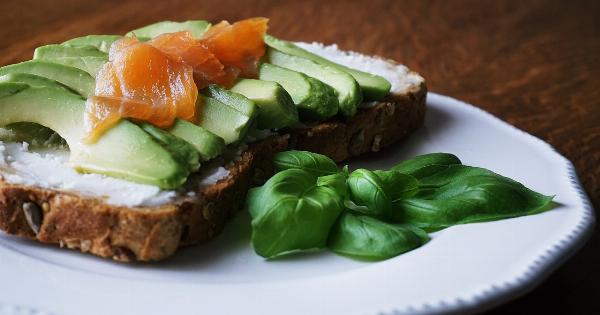Breakfast is often considered the most important meal of the day, especially for children. However, what kids eat for breakfast can have a significant impact on their health, particularly when it comes to sugar intake.
In this article, we’ll explore the shocking truth about kids’ breakfasts and sugar intake and offer some tips on how parents can make healthier choices for their children.
The Problem with Sugar
Sugar is a major problem for kids’ health. According to the American Heart Association, children between the ages of 2 and 18 should consume no more than six teaspoons of added sugars per day.
However, the average child in the United States consumes more than triple that amount. In fact, it’s estimated that the average American child consumes 19 teaspoons of sugar per day!.
Excessive sugar intake is linked to a host of health problems, including obesity, type 2 diabetes, high blood pressure, and even depression. And while sugar is certainly present in many foods, some of the biggest culprits are breakfast foods.
The Sugar Content of Popular Kids’ Breakfast Foods
Let’s take a closer look at the sugar content of some popular kids’ breakfast foods:.
1. Cereal
Cereal is a classic breakfast food, but many varieties are packed with sugar. One cup of Kellogg’s Froot Loops, for example, contains 12 grams of sugar, which is almost half of the daily recommended amount for kids.
Other popular cereals, such as Cap’n Crunch and Lucky Charms, are similarly high in sugar.
2. Flavored Yogurt
Yogurt can be a healthy breakfast option, but many flavored yogurts are loaded with sugar. A single serving of Yoplait Original Strawberry Yogurt contains 18 grams of sugar, which is equivalent to 4.5 teaspoons.
Some brands even add extra sugar to their yogurts, making them even less healthy.
3. Breakfast Bars
Breakfast bars are a convenient option for busy mornings, but many of them are little more than candy bars in disguise. The popular Quaker Chewy Granola Bars, for example, contain 7 grams of sugar per bar, which is almost two teaspoons.
And many other brands are even higher.
4. Pop Tarts
Pop Tarts are a favorite among children, but they’re also packed with sugar. One pastry contains 16 grams of sugar, which is equivalent to four teaspoons. And let’s be honest, who really just eats one Pop Tart?.
Healthier Breakfast Options for Kids
So, what can parents do to help their kids start the day off on a healthier note? Here are some ideas:.
1. Opt for Whole Foods
One of the easiest ways to reduce your child’s sugar intake is to opt for whole foods instead of processed breakfast items. For example, instead of sugary cereal, try serving your child a bowl of oatmeal with fresh fruit and a drizzle of honey.
Instead of breakfast bars, try making a batch of homemade granola bars using whole grains, nuts, and dried fruit.
2. Choose the Right Yogurt
If your child loves yogurt, look for varieties that are low in sugar or opt for plain yogurt and add your own fruit and honey for sweetness.
Greek yogurt is also a great option, as it’s high in protein and lower in sugar than many flavored yogurts.
3. Get Your Kids Involved
Getting your kids involved in meal planning and preparation can make them more invested in healthier options. Let them choose the fruits and toppings for their oatmeal or have them help you make a batch of homemade muffins with whole grains and fruit.
When children have a say in what they’re eating, they’re more likely to actually enjoy it.
The Bottom Line
Breakfast is an important meal, but it’s important to make healthy choices to ensure that children are getting the nutrients they need without excess sugar.
By opting for whole foods, choosing lower-sugar alternatives to processed breakfast items, and involving kids in the process, parents can help set their children up for a lifetime of healthy eating habits.






























